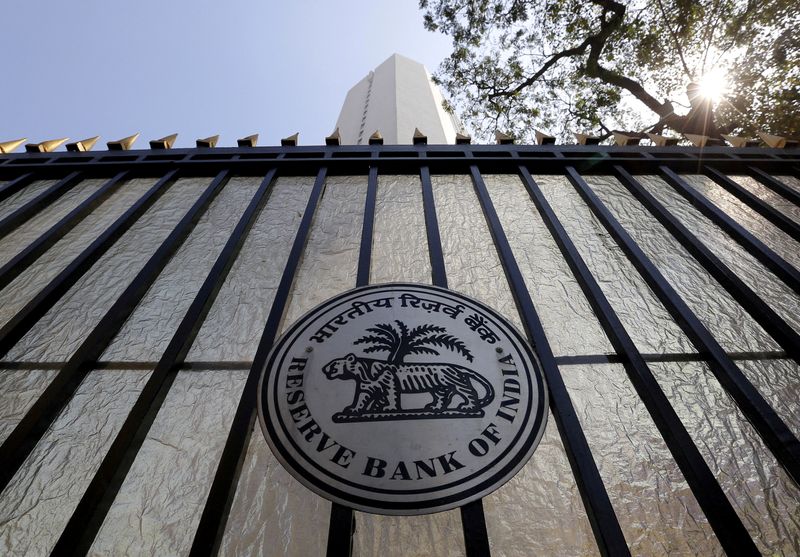By Jaspreet Kalra
MUMBAI (Reuters) – Use of India’s digital currency, the e-rupee, has fallen to just a tenth of its peak in December, four sources said. This reflects the struggles that several countries have experienced in generating public support for digital currencies.
The Reserve Bank of India launched a pilot for the e-rupee in December 2022, intended as a digital alternative to physical cash, and successfully achieved a target of 1 million retail transactions per day by December 2023.
This achievement came only after banks were asked to boost transactions by offering incentives to retail users and paying part of bank employees’ salaries using the e-rupee.
But as the pressure has eased, daily transaction numbers have dropped to around 100,000, according to two sources directly involved in the pilot.
This shows that there is little organic demand for using the e-rupee, said a third source, a banker involved in the project.
The sources declined to be identified because they are not allowed to speak to the media. The RBI did not respond to an email seeking comment and the data on retail transactions through the e-rupee has not been made public.
The transactions going ahead are partly due to banks paying benefits to their employees through e-rupee, all four sources said.
This has helped increase the number of transactions to around 250,000 to 300,000 per day by the end of each month, the two sources cited earlier said.
The RBI had asked banks to increase the number of transactions to at least 1 million per day by the end of 2023 as it wanted to “test the resilience of the system on a large scale”, but that push has now stopped, the second of the two sources.
The RBI has no plans to expand the pilot anytime soon and the current focus is on testing the technology and developing use cases for the digital currency, the source said.
“Adoption should grow as more use cases emerge,” the source added.
Globally, one-third of the 86 central banks surveyed by the Bank of International Settlements are piloting a central bank digital currency (CBDC).

Even those that have been launched, such as in the Caribbean near the Bahamas and Jamaica, have had only limited success, the Federal Reserve Bank of Kansas City said in an April note.
“We have found that to drive adoption, consumers may need more than just (retail) CBDC technology. They may need the (retail) CBDC to add value versus cash.”


